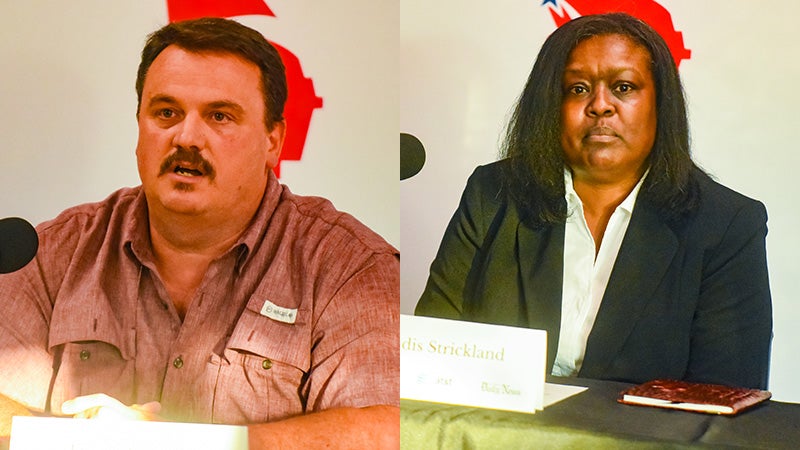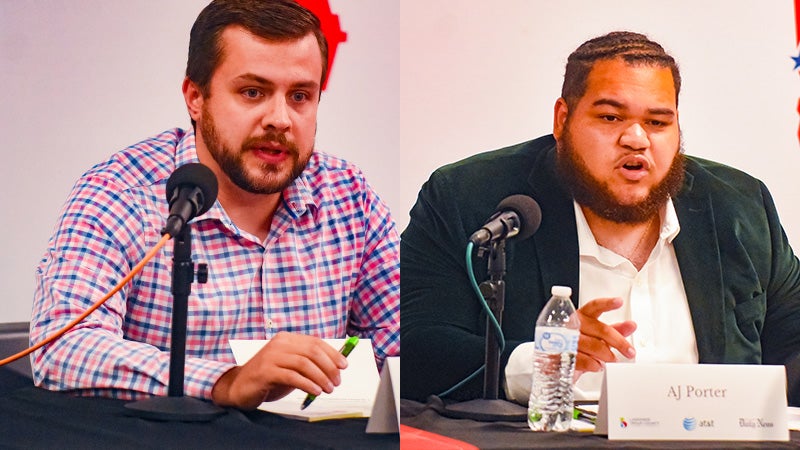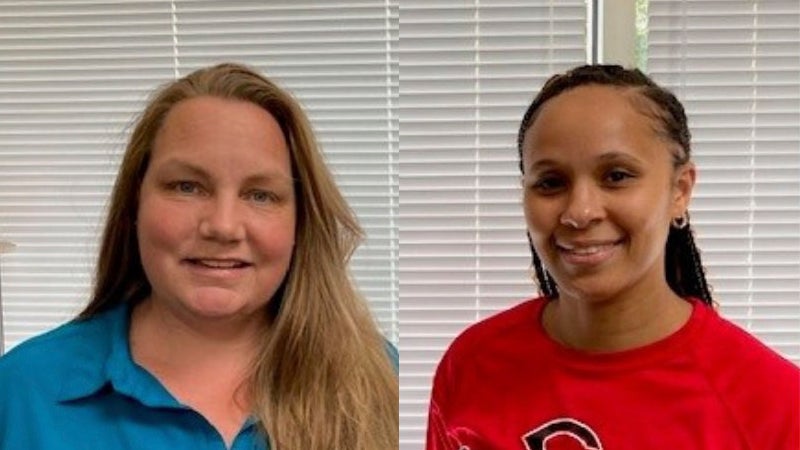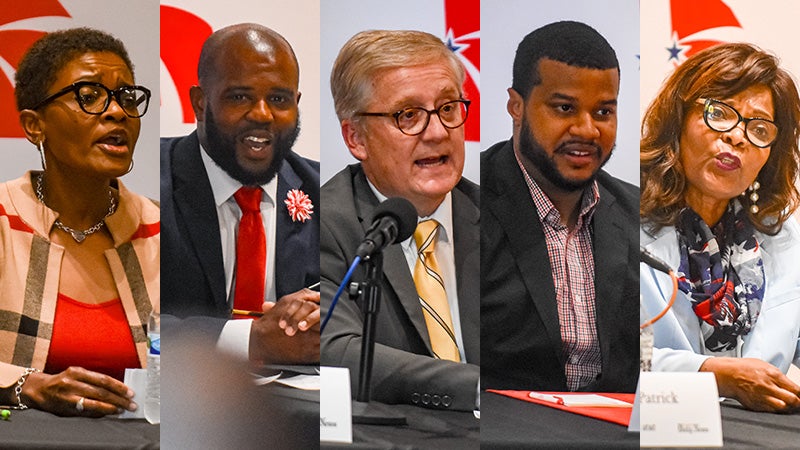City looks at program to reduce utility bills
Published 8:06 pm Friday, September 13, 2019
LaGrange City Council members hear a lot about the price of utility bills, despite the city’s utility prices ranking well below the rates of many other municipal providers.
However, the council continues to look at ways to improve usage rates, which can soar in older homes that need energy-efficient upgrades.
On numerous occasions, the council has discussed a desire to help low-income residents living in energy inefficient homes. However, since public funds cannot be used to improve private property, the city’s options have been limited until recently through a program called Pay As You Save.
In August 2018, the LaGrange City Council first learned about the Pay As You Save program from representatives from The Ray C. Anderson Foundation and Groundswell. The program would help citizens save on their utility bills through energy efficiency improvements with an outside group would serving as a conduit for the improvements. The cost of those improvements would then be repaid to the city via the citizen’s utility bill, where a portion of the savings would be applied to pay for the energy improvements. Industry experts have been working on an implementation plan for the program for the last year.
On Tuesday, representatives from Southface, Groundswell, The Ray C. Anderson Foundation, Jackson Services and LaGrange Utilities gathered in the council chambers to discuss a pilot program for PAYS, which could be continued if the council sees positive results.
“It is sort of a no cost project for the city,” said Robert Reed, senior director, Regenerative Places + Spaces at Southface.
According to Reed, the data gathered indicated that many residents pay more than 6 percent of their income for utilities. PAYS would aim to decrease that contribution to closer to 1 percent or 0.5 percent that is recommended.
“The rate [citizens] are paying is because of outdated equipment, because of older houses and lack of improvements. They are paying a disproportionate amount of money for their utilities,” Reed said.
While the amount saved would vary from house to house, Mayor Jim Thornton gave a rough idea of what the program might look like for utility customers.
“If your current bill was $400 a month, and it goes down to $250 [because of the improvements], of that $150 in savings, $75 comes back to the city to repay the initial capital outlay,” Thornton said. “And $75 stays with the utility payer, so their net utility bill is going down. This only works if their utility bill goes down.”
Southface would be the program operator, allowing for payments to be made on the upgrades while maintaining the legally required separation. Southface would also hire the energy assessors to identify the needs in individual homes and hire local contractors to make those repairs. Council members placed an emphasis on their desire to see the work done by people who live in the community.
“The workforce development opportunities are big here,” said Andrea Pinabell, president of Southface. “It is not just about having THINC Academy — which is a great resource — but where do those vocational workers go? So, as you build opportunities not only in said HVAC company, but also as contractors actually doing the work, there are opportunities for job growth. Southface has a lot of workforce development, so this is a good example of how you can take something that is a technical program and actually create upward mobility through these different programs.”
The program would also take advantage of training programs that are expected to begin in the near future.
The experts recommended starting out with energy efficiency improvements to 120 homes identified for their potential to see the greatest improvement through the program. The information the groups used kept identities of owners and renters hidden, but allowed them to identify major fluctuations in usage from month to month, which indicates issues that could easily be improved.
Council Member Nathan Gaskin asked if the program should be exclusively for owner occupied homes — not rental properties — out of concern for providing free improvements to homes owned by landlords at the renters’ expense. However, the partners on the project said that while the improvements would improve the quality of life for the people living in the homes, they would not have a substantial impact on the actual value of the homes. Council Member Willie Edmondson also said that in his experience many of those most in need of the program’s benefits are renters.
“Most of the renters are the ones that are really going to need this to be honest with you,” Edmondson said.
“They are the main ones, and the reason I say that is because if you can afford a house, you can sort of afford your own things little by little because in their minds they can budget to do things. But renters — the ones that I’ve seen — they can barely afford to do that rent each month. I see people right now living in homes, and it just hurts my heart. You can look through and see the cracks. I would love to see them in better homes.”
The program would require a $700,000 capital outlay from the city, with $61,200 going toward the program operating cost during the pilot. The funds would be returned to the city over time through payments.
“The program keeps the city whole over time, but it is also immediately reducing bills and improving the comfort and affordability [of utilities],” Pinabell said.
The program would be entirely voluntary for the utility payer, although approval from the property owner would be required for rental properties. However, if the original applicant moved, the improvements would stay with the house, as would the payment system.
The council requested that City Attorney Jeff Todd review the contract for PAYS and agreed to take action at a future meeting.
The LaGrange City Council will meet again on Tuesday, Sept. 24 at 5:30 p.m. at 208 Ridley Avenue.





